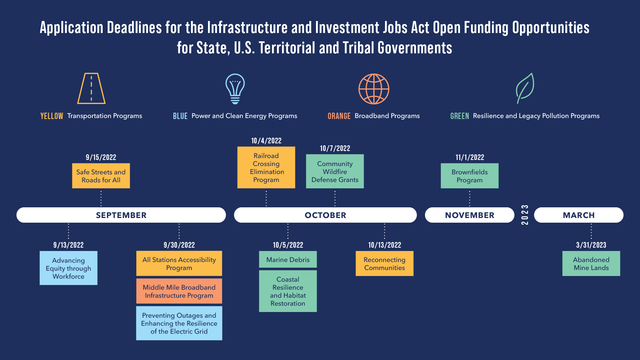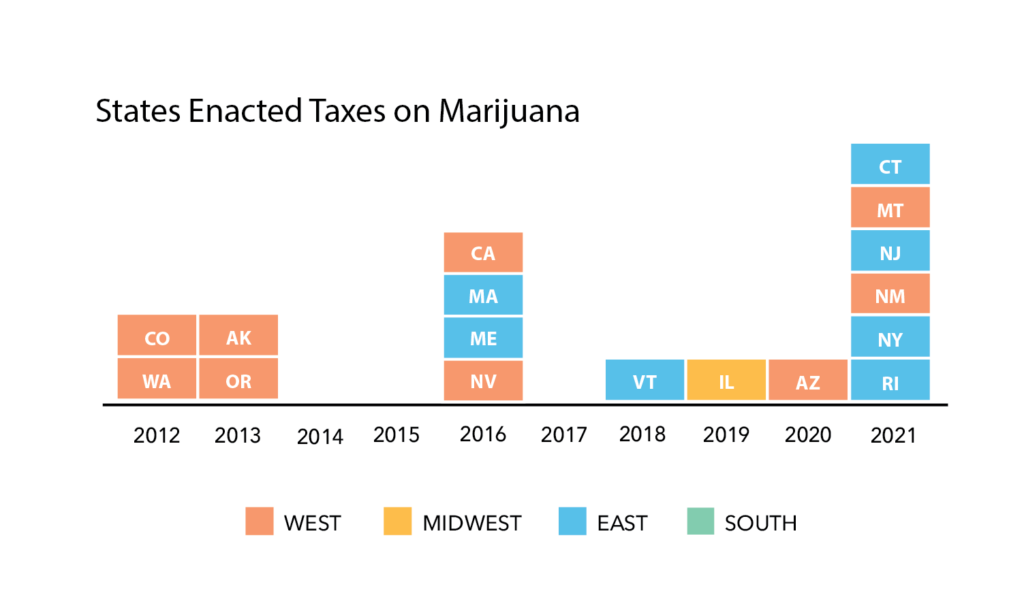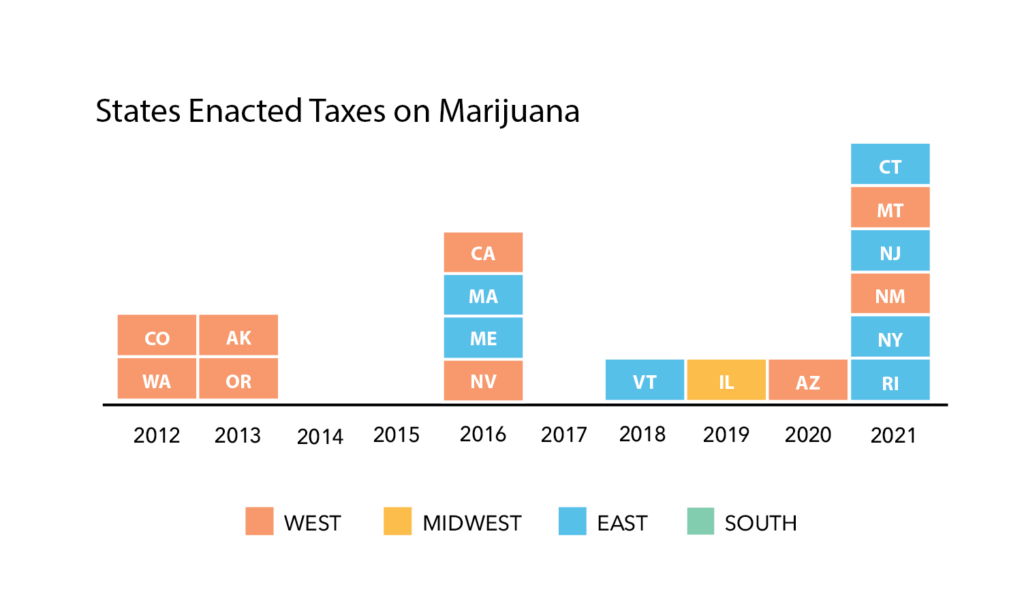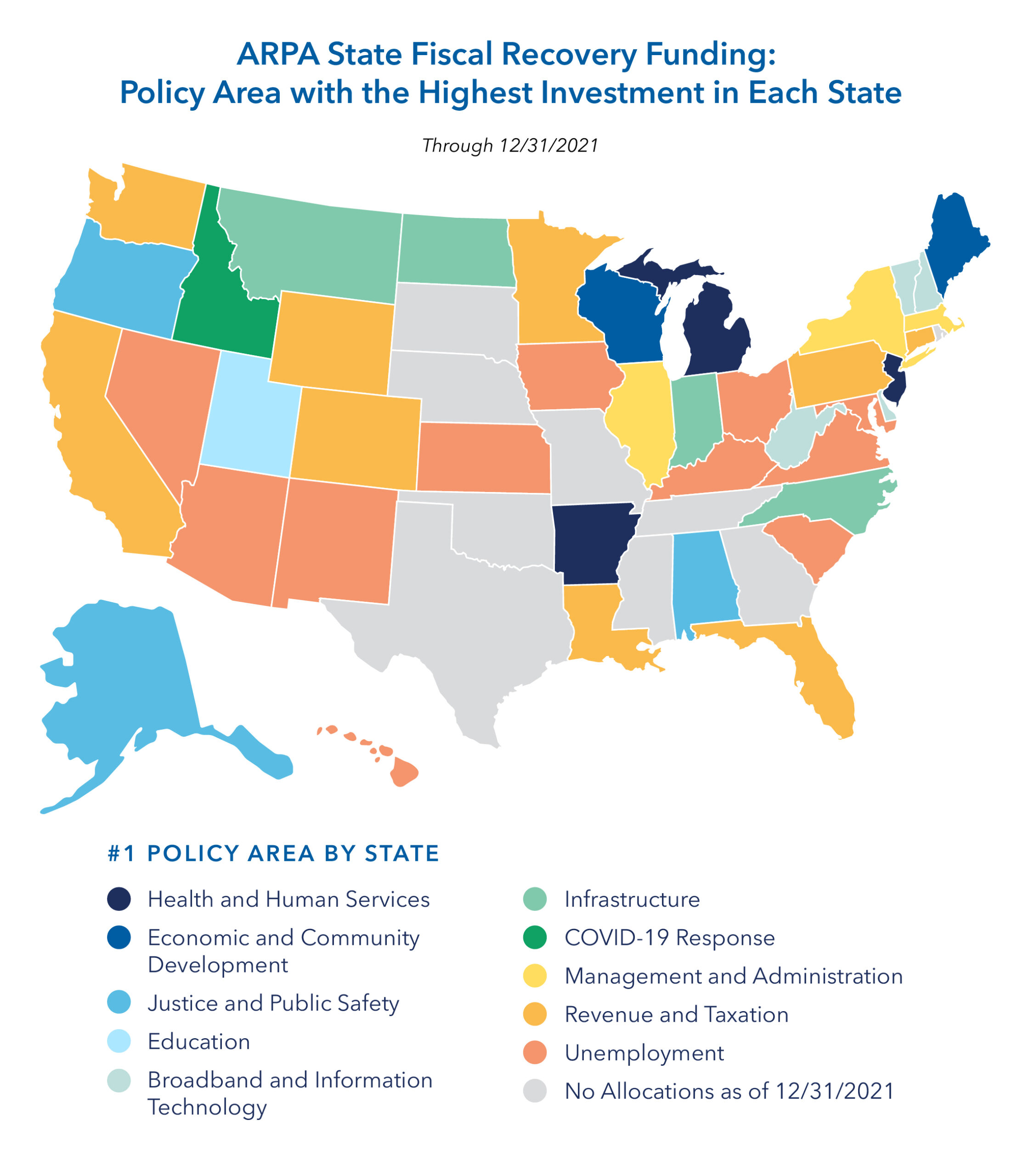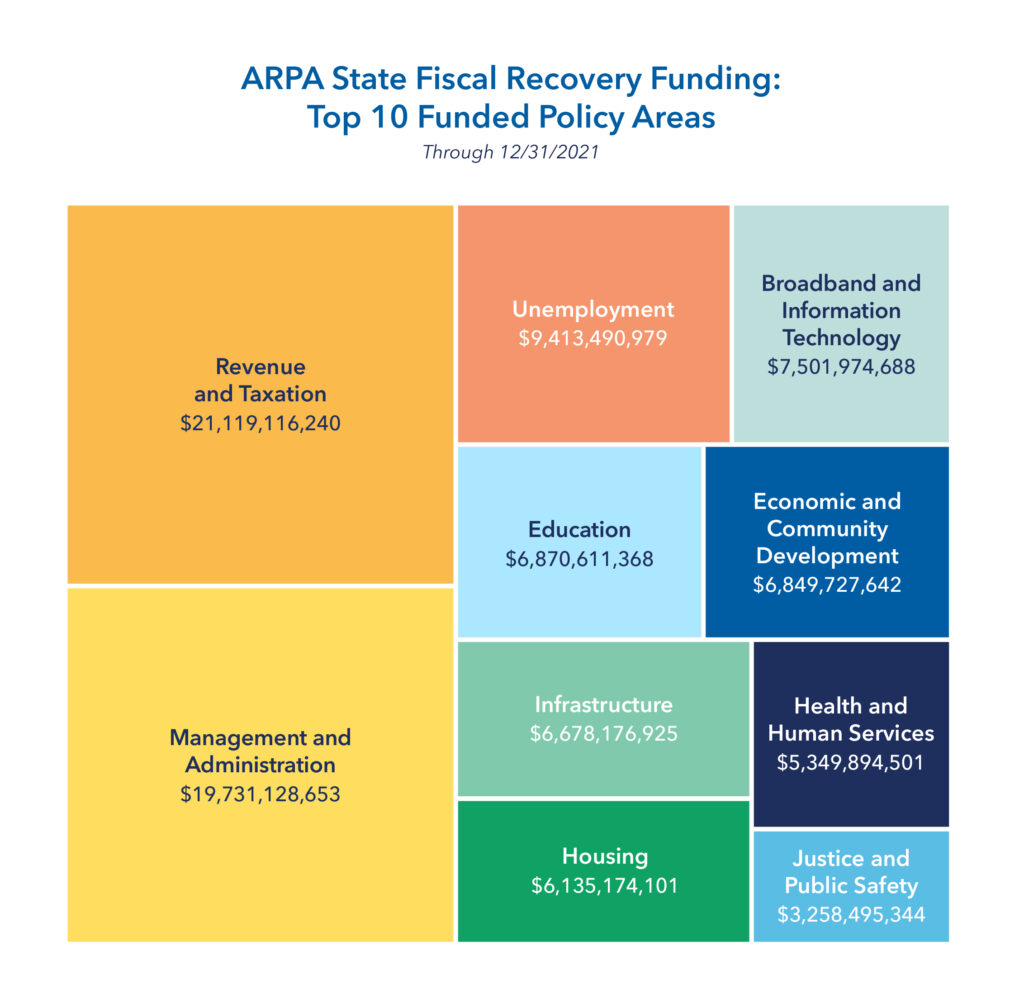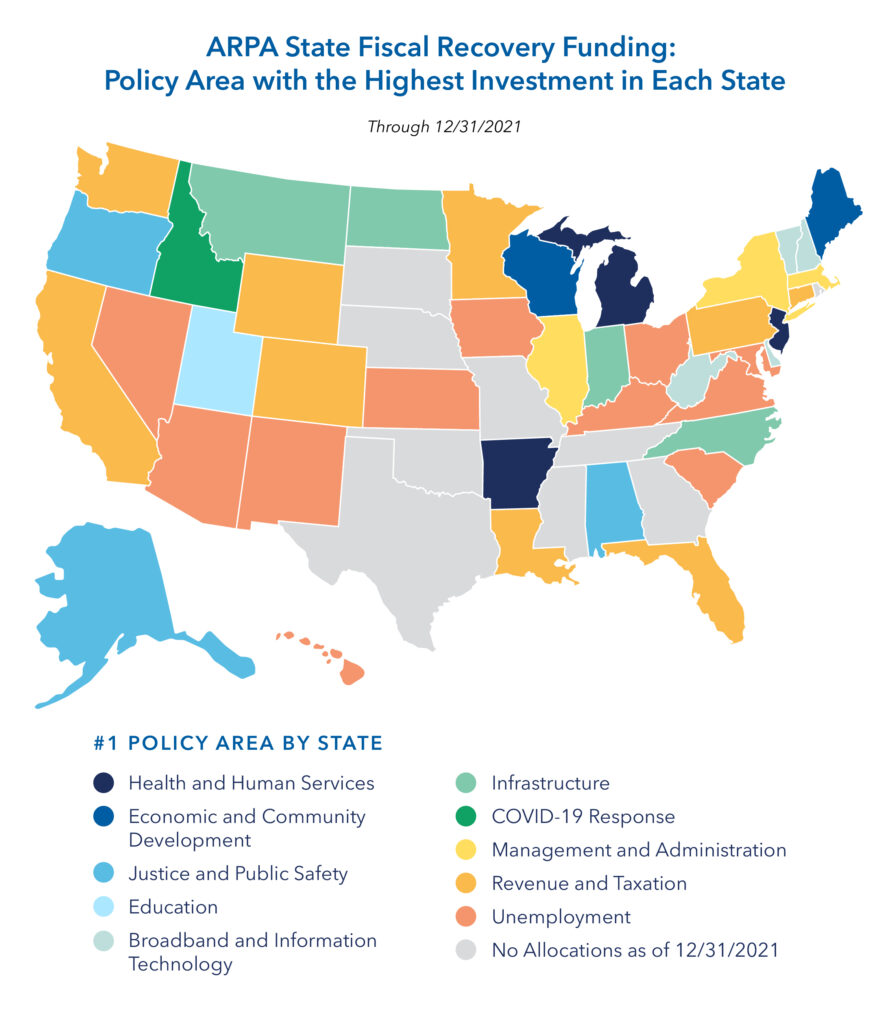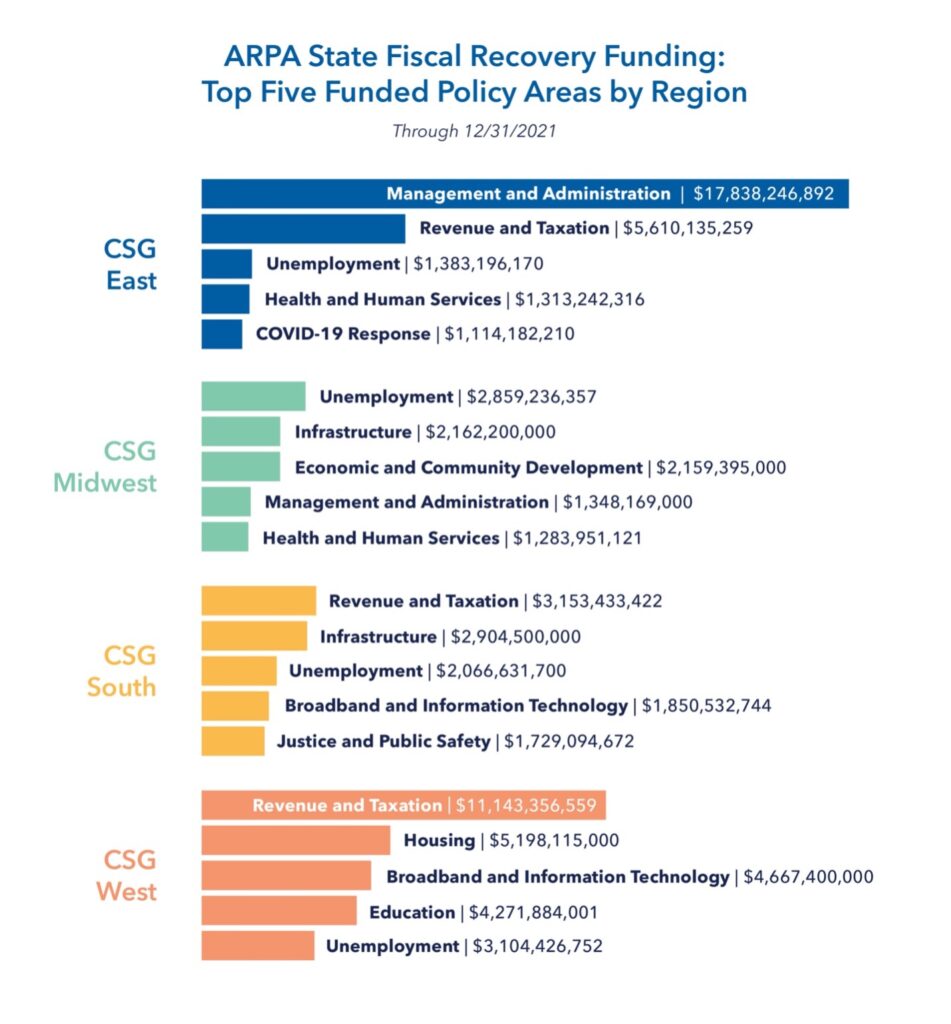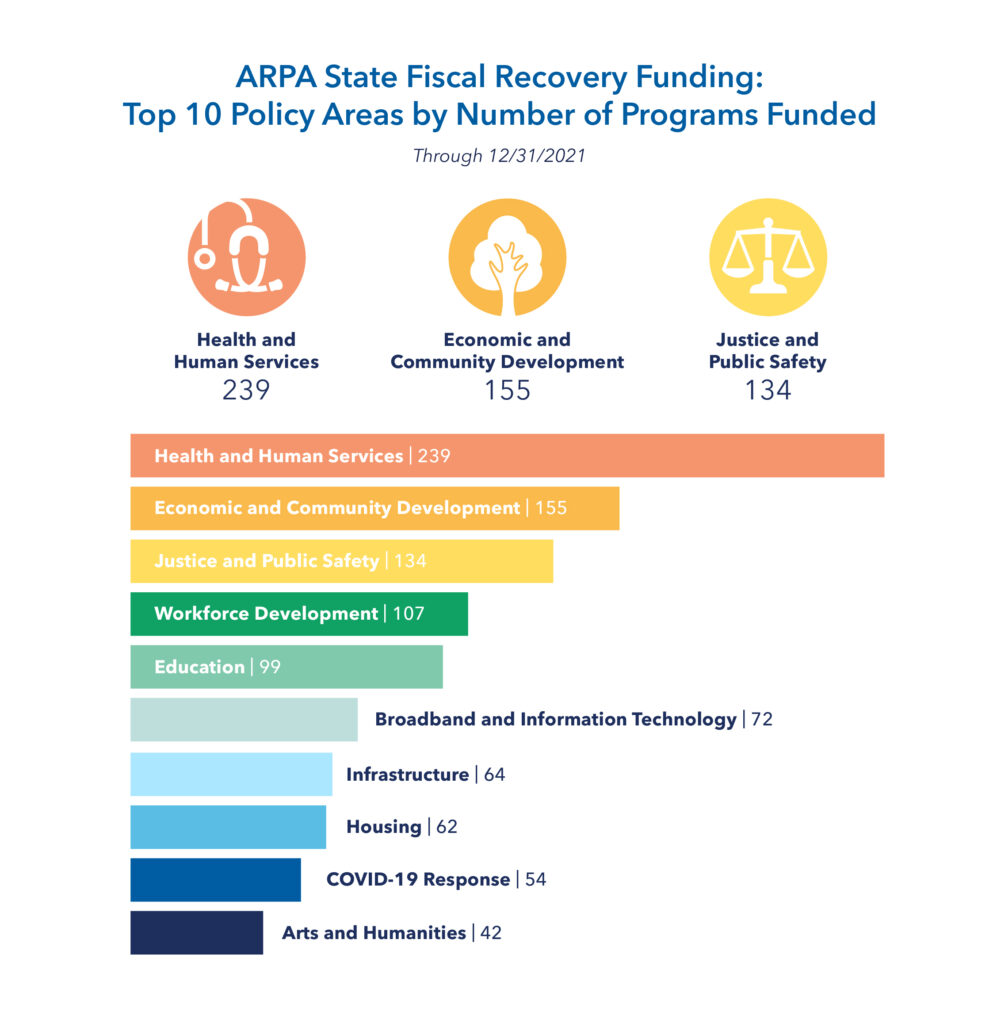By Blair Lozier
The U.S. Department of the Treasury has updated guidance that expands the use of the American Rescue Plan Act State and Local Fiscal Recovery Funds for affordable housing.
The Treasury released a How-to Guide that demonstrates how recipients can leverage the fiscal recovery funding with other sources to maximize resources to meet housing needs. This article summarizes the expanded options that states may pursue to invest State and Local Fiscal Recovery funding in affordable housing.
The guide discusses two options available to states.
Option 1: State and local governments can use recovery funds for affordable housing projects that are categorized in the American Rescue Plan Act under Public Health and Negative Economic Impact. Recipients are presumptively eligible for additional funding if they already qualify for related pre-existing federal programs.
Expanded Presumptive Eligibility
A project is deemed to be presumptively eligible if it meets standards for pre-existing federal programs set by the Treasury. If the housing units or development in question meet the presumptive eligibility requirements, no further approval process will be required.
The Treasury presumes that the following affordable housing investments are eligible uses of fiscal recovery funds in response to the negative economic impacts of COVID-19:
Projects already in process under authorization by another federal housing program. Projects for developing, repairing or operating affordable rental housing with certain requirements for tenant income and affordability.
Expanded Presumptive Eligibility Programs
Previous ProgramsExpanded ProgramsIn January 2022, Treasury designated two U.S.
Department of Housing and Urban Development programs that would allow recipients to be
presumptive eligible.
Housing Trust Fund
HOME Investment Partnerships Program Treasury allows housing projects to be presumptively eligible if they meet existing requirements for the following federal programs.
Individuals
Project-Based Rental Assistance
Section 811 – Supportive Housing for Persons with Disabilities Program
Developers
Low-Income Housing Tax Credit
National Housing Trust Fund
Public Housing Capital Fund
Section 202 – Supportive Housing for the Elderly Program
State and Local Governments
HOME Investment Partnerships Program
Multifamily Preservation and Revitalization Program
Tribal Governments
Indian Housing Block Grant Program
Indian Community Development Block Grant Program
Bureau of Indian Affairs Housing Improvement Program
Option 2: Allow State and Local Fiscal Recovery Funds to be used if the housing units funded serve households at or below 65% of the average median income for at least 20 years.
Blended Funding
Blended funding is the merging of funds from different sources for the delivery and increased impact of services. States can blend fiscal recovery funds with other resources as long as projects are eligible under all programs from which funds are drawn. Blending State and Local Fiscal Recovery Funds with other government funding must adhere to all federal requirements for cost-sharing/matching.
Funding new and substantial affordable housing. Funds can be used to finish construction projects by bridging gaps in financing. It can also be used to expedite the construction or transformation of affordable housing projects.
Pre-Existing Federal ProgramsState and Local Fiscal Recovery Funding OpportunitiesLow Income Housing Tax CreditFour to nine percent can be allocated for new construction or preservation of affordable housing.Federal Housing Administration Multifamily Mortgage InsuranceFunding can be provided to cover the cost of the project.HOME Investment and Housing Trust FundParticipating jurisdictions may use recovery funds to meet affordable housing production and repair goals.HOME Investment Partnerships American Rescue Plan ProgramFunding can be blended with other American Rescue Plan Act resources to support the acquisition or construction of rental houses for eligible populations.Project-Based VouchersFunding can be blended with local public housing authorities to be used to build or rehabilitate affordable housing units.Recapitalization of Public Housing through a Rental Assistance DemonstrationFunding can support transactions to add new affordable housing.Community Development Block Grants and Section 108 Loan Guarantee ProgramFunding can be blended to invest an annual installment to support conversion or reconstruction projects; also, can be used to make eligible affordable housing investments.
Existing properties that will be transformed into affordable housing
Recipients can acquire market-rate rental properties, hotels, motels or properties that will be converted to affordable housing. Other allowable uses include acquiring or preserving existing publicly-supported affordable housing or financing retrofits to and weatherizing of existing properties to improve energy efficiency.
Opportunities for Blended Funding with Federal Housing Administration Multifamily Mortgage InsuranceMortgage insurance for purchase or refinancing of existing multifamily rental housing under
Section 223(f) of the National Housing ActThe fiscal recovery fund provides support to finance or refinance a property acquisition.Risk Share Section 542 (c )The fiscal recovery fund allows a risk share loan for the acquisition or refinance of affordable properties.
Opportunities for Blended Funding for Vacant or Abandoned Properties in Disproportionately Impacted CommunitiesSection 108 of the Loan Guarantee Program and
HOME Investment or Housing Trust FundFunding can be used for the eligible housing portion for mixed-use development.
Whether the project is entirely or partially funded through the State and Local Fiscal Recovery Fund, the government must report the obligating of funds to the Treasury by Dec. 31, 2024, and must expend funds by Dec. 31, 2026.
State Examples Presumptive eligibility was expanded to respond to questions and concerns about allocation of fiscal recovery funds. The Treasury established four core requirements for presumptive eligibility:
Resident income restrictions.Tenant protections.Housing quality standards.Affordability period for assisted units.
The Illinois The Housing Development Authority allocated $75 million in recovery funds to provide gap financing and underwriting for affordable housing developments. Grant funding will support 1,023 units in 19 affordable developments.
The Rhode Island Rebounds Production Fund Program is using $15 million for the production of new affordable housing and provides grants for households with incomes at or below 80% of average median income in the state.
Additional examples of states using the State and Local Fiscal Recovery Funds for affordable housing as reported from the Treasury can be found here.
Additional Clarification
About $350 billion was dedicated to developing, repairing and operating affordable housing units under the State and Local Fiscal Recovery Fund. As of March 31, 2022 Treasury data showed that over 600 state and local governments budgeted about $12.9 billion in funds toward affordable housing. The initiatives focused on lower housing-related costs and creating and preserving affordable housing developments.
The Treasury has clarified that states can reinvest the money from affordable housing long-term loans once the revenue is received. The income from reinvesting in affordable housing does not need to be repaid to the Treasury.
Recipients have the flexibility to design affordable housing projects if they are related or proportional to addressing the negative impact of COVID-19. Additional information is available in the Treasury’s Frequently Asked Questions.
Other Resources
Coronavirus State and Local Fiscal Recovery Funds Website:
Affordable Housing How-To Guide:
https://home.treasury.gov/system/files/136/Affordable-Housing-How-To-Guide.pdf
Compliance & Reporting Guidance:
https://home.treasury.gov/system/files/136/SLFRF-Compliance-and-Reporting-Guidance.pdf
Final Rule Frequently Asked Questions:
https://home.treasury.gov/system/files/136/SLFRF-Final-Rule-FAQ.pdf
Email: [email protected]



